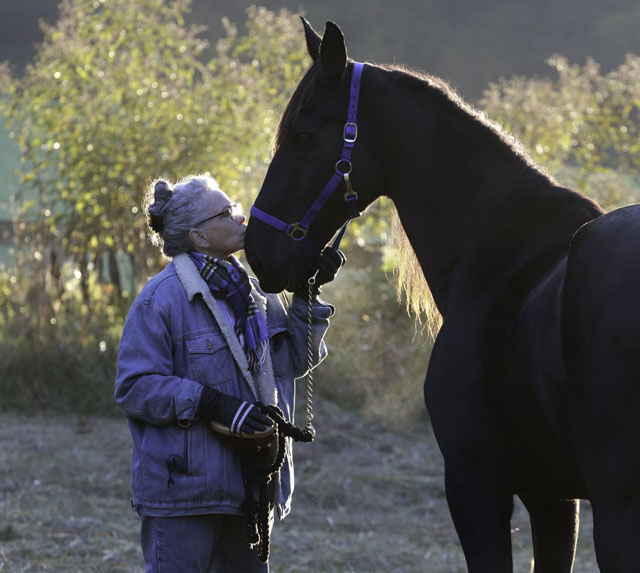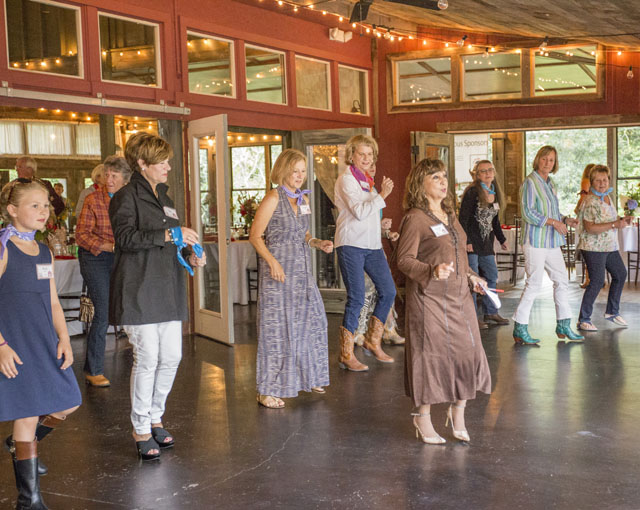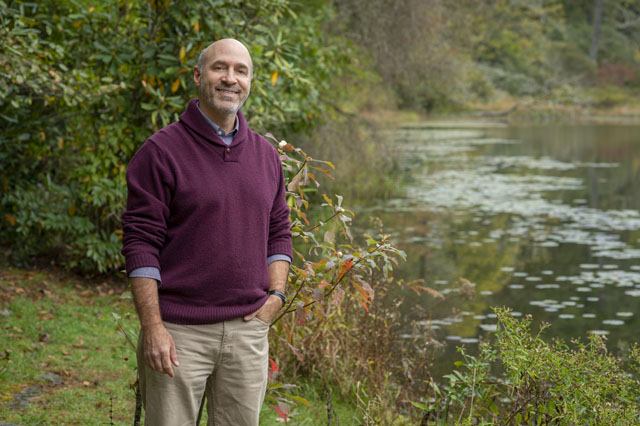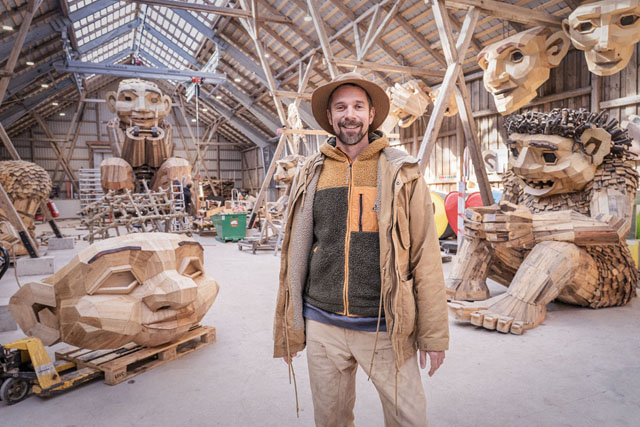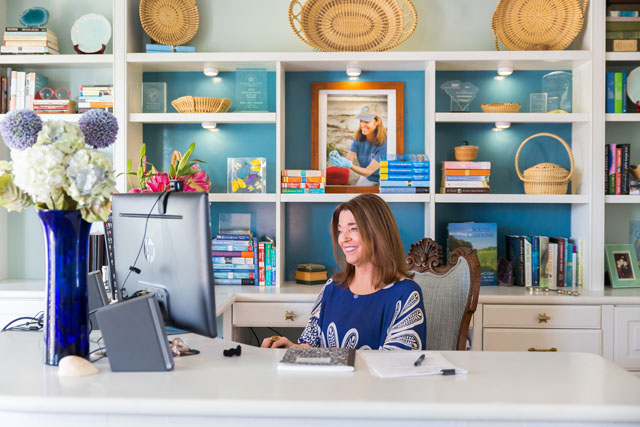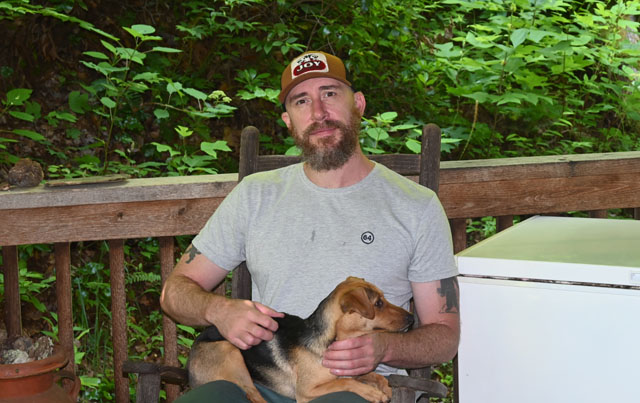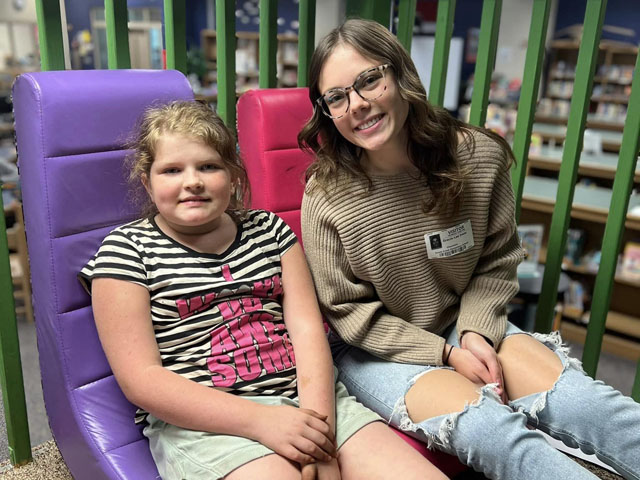Breaking the Mold
01 Jun 2023
Artist Mase Lucas explores the interdependence of all creatures
By LISA GRAY YOUNGBLOOD
Photos by CHELSEA CRONKRITE
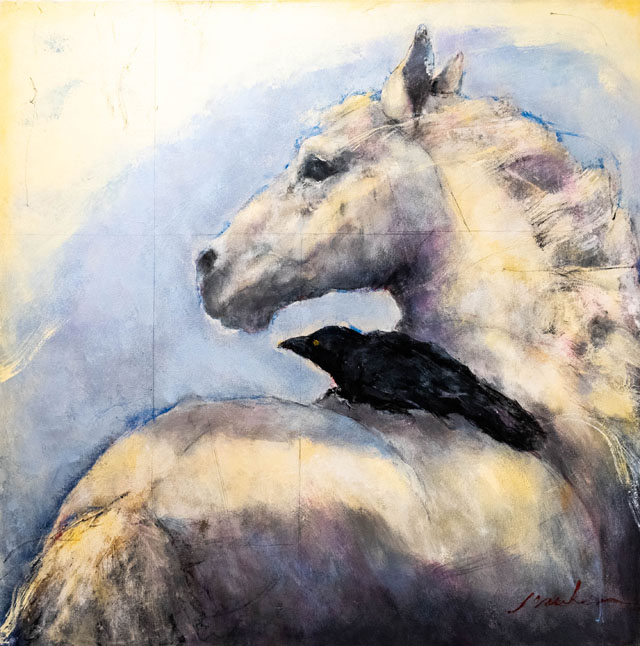
Even as a young child, Mase Lucas knew art lay at her core. “It began with my next-door neighbor,” she explains, a smile alighting her face. “Her name was Louise, and she was my best friend. Her mother was an artist, and her home was all about exploring. She had a huge chalkboard with every color chalk imaginable, and we would spend hours drawing, creating elaborate stories around each sketch, laughing. I always drew horses. I was crazy about them.” She pauses, her brow furrowing, and adds, “When we finished, we just erased it and started over.” As an acclaimed studio artist, she no longer wistfully erases and moves on, but she can still see the beauty in it.
Ingrained as art was in Mase’s psyche, the road from childhood art lover to successful professional artist was anything but direct. When Mase graduated from school in 1962, the options for women were more limited and tended toward teaching, secretarial work and nursing, none of which spoke to her passions. She simply did not fit the cultural mold of her time. But that didn’t much bother her. She thought it might be more fun to break a mold than contort herself to its contours.
So, she hit the road, carrying inside her that uninhibited little girl who made up stories and drew them for her own joy, never needing a single one to last. Like erasing the board and starting all over, Mase and a posse of pals travelled across the country. From coast to coast, top to bottom, they set out to discover their world and themselves. “It was an adventure,” Mase says, her eyes wide and bright. “Not knowing what lay around the corner was the best part. We were young and unafraid, and everything seemed possible.” She worked as a movie projectionist at an art cinema, a deck hand on a Caribbean sailing ship, an assistant photo editor at McGraw Hill in New York City, a ski slope attendant, a go-go dancer, you name it—whatever paid the bills. The singular purpose of any job was to allow time for her adventure to unfold.
Eventually, Mase settled for a while in Miami and, remembering that little girl who loved art, became a member of the South Florida Art Center. Her association with The Center changed how she saw art and her own future. “I was exposed to amazing artists from around the world, many from South America. Their work was bold and different, and it inspired me to open my mind and ponder possibilities beyond the literal.” But it wasn’t just the work that inspired her—it was the people. They were making their livings as artists. “This shifted the entire world for me. I had no idea such a thing was not only possible, but easily within grasp.”
Shortly thereafter, she began selling her work on the art show circuit. “I was travelling the country again, but this time in a van, large canvases stacked carefully in the back. I went from one art festival to another, meeting loads of people.” For this journey, however, she was alone, but being alone was no more a problem for Mase than a cultural mold. Humble by nature, she will not admit to her own bravery, but the faith to try, to allow yourself to believe your work has meaning, takes extraordinary courage.
In her early career, Mase focused on the figure, painting scenes of women engaged in everyday tasks. These paintings were traditional and likely reflected the role of women as she had witnessed it as a child. Eventually she moved to more abstract work, and although she admired it, it simply did not hold her attention, which was continually pulled back to her first love: horses.
“Horses speak not only to me but to most people. They are creatures of profound appeal. A person does not need to own a horse or enjoy riding to see its beauty and strength. And the story—horses overflow with story. There is always a narrative.”
Mase has received national acclaim for her horse paintings, which she describes as contemporary realism. Her work is now widely sold and exhibited and, against all odds, she has been a working artist for over 40 years. It ends up, the vision and passion of that little girl never died, even if her eye is now trained to look critically and edge closer to perfection.
The decades of studying and painting horses deepened her connection to all creatures, and she now paints a variety of animals, often interacting with one another. “At the heart of my animal paintings is the observation that all sentient species possess basic emotional similarities such as maternal love and commitment, exuberant expressions of their own energy, enjoyment of comfort and trustworthy touch, and, conversely, fear and a potential for great suffering.” With this observation came the responsibility she feels toward all animals, domestic and wild, which “for better or worse, live their lives at our discretion.”
Although beautiful, Mase’s work is neither sweet nor sentimental. It hides nothing. For example, in With a Crow, the crow sitting on the horse’s back is far from beautiful or endearing, but it emanates an intelligence as if it knows something we do not. It makes us lean in and feel—no small thing in a world dulled by pain, loss and polarization. There is a universality to it, a truth: we are all connected, humans and animals alike, and it is our responsibility to take care of each other.
Even as her animal paintings evolved, her process has remained consistent. She is drawn “to the physicality of paint itself—the way it plays on the surface of the substrate, the way it interacts and defines itself.” To start, she covers the entire canvas with red oxide, which adds warmth and dimension to the paint colors. “I love how bits of red will pop through and give the painting depth. I use primarily big brushes and sponges but also pencil to break up the canvas and pull it away from pure realism. I have such fun with that.”
Mase’s enthusiasm for art has never waned, but her desire to travel eventually morphed into a desire to settle, and she planted roots right here on the plateau. For the last 32 years, Mase has been a resident of Scaly Mountain. She knew nothing of western North Carolina before she moved here, but it was love at first sight. Her husband had come to the plateau to help a friend, and his enthusiasm for the area intrigued her. She decided to see for herself, a decision that changed her life. “Coming up the switchbacks from Dillard, I felt like I was coming home. I knew I had found my place.” How lucky we are to have her.
Mase’s art is on exhibit at Ann Lea Fine Art Gallery in Cashiers. To learn more, visit www.maselucas.com.

